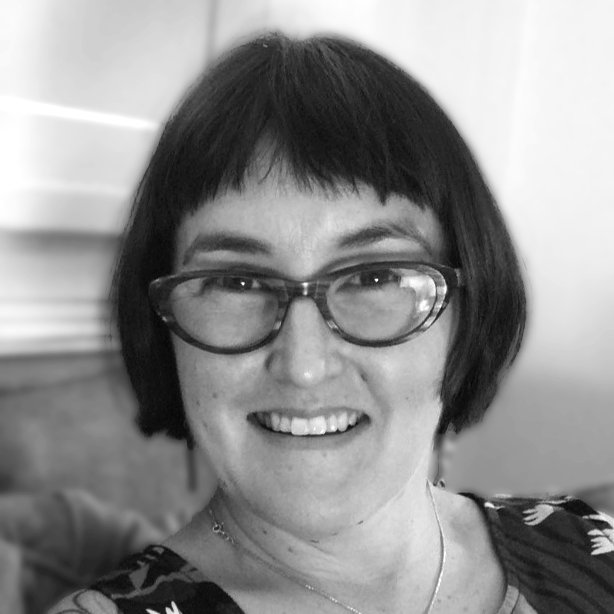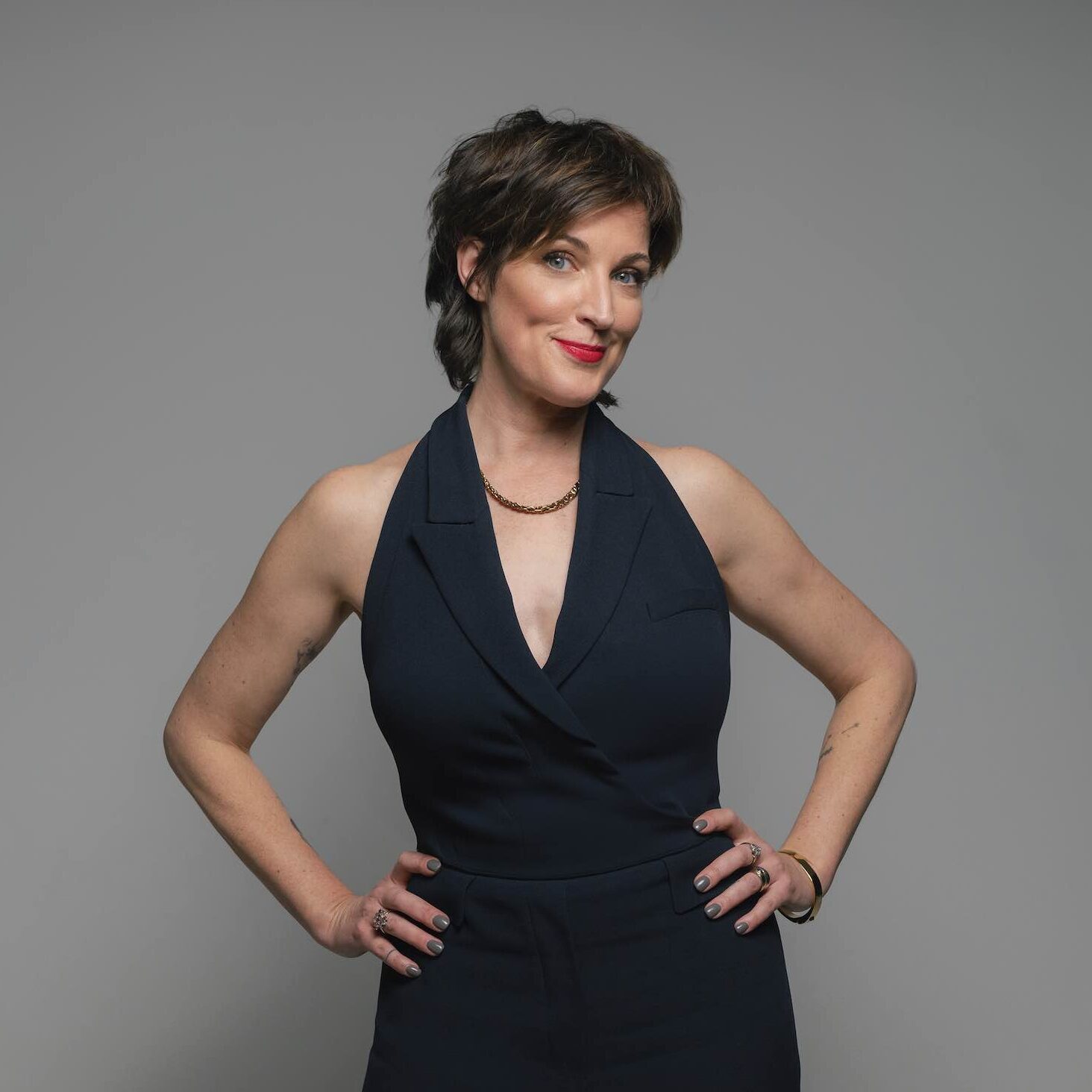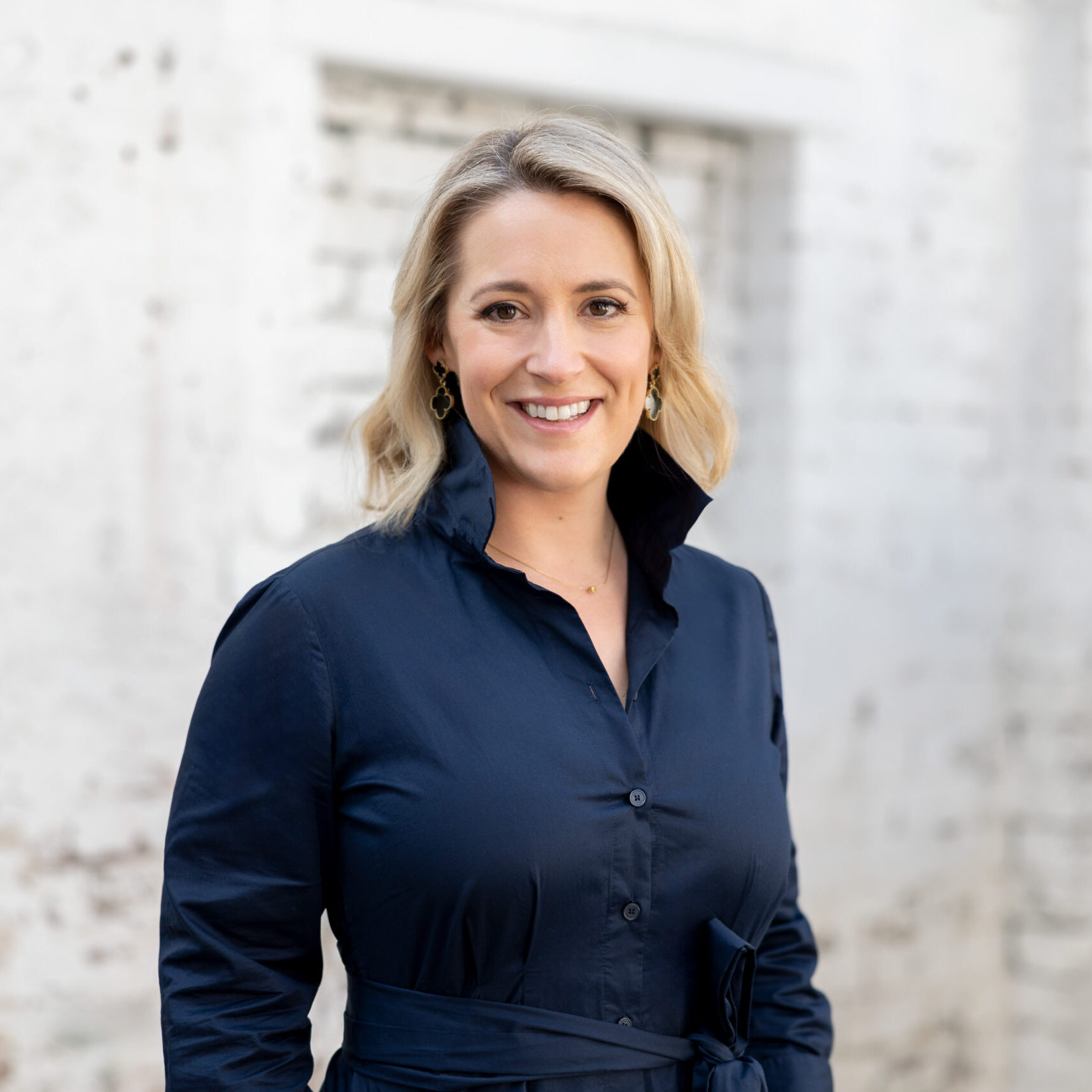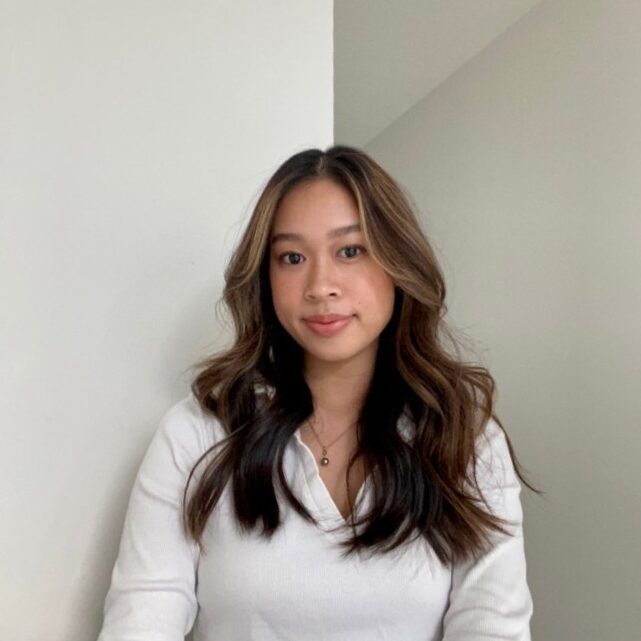
In Conversation with Angus Trumble
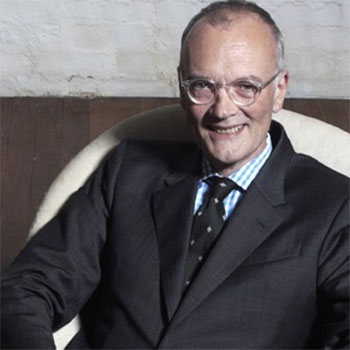
Angus Trumble is the Director of the National Portrait Gallery of Australia
I was born in Melbourne, went to Melbourne Grammar School, and studied Fine Arts and History at the University of Melbourne. In 1986‒87 I studied for a year at the Bibliotheca Hertziana in Rome and was also an intern at the Peggy Guggenheim Collection in Venice. From 1987 to 1991 I served as aide to the Governor of Victoria. Then I won a Fulbright Scholarship for further study at the Institute of Fine Arts at New York University. In 1996 I came home to be Curator of European Art at the Art Gallery of South Australia. I went back to be Senior Curator of Paintings and Sculpture at the Yale Center for British Art in New Haven, Connecticut, in May 2003. I came home again, just over a year ago, to be director of the National Portrait Gallery, so for the time being I’m staying put. Over the years I have written many books and articles.
Who or what inspires you?
I have a passion for colossal Edwardian works of reference such as the Colonial Office List or Crockford’s Clerical Directory or Burke’s Peerage or Lloyd’s Register of Yachts. Apart from the fact that so many millions upon millions of words were first written with a pen on paper and then typeset by hand, there are worlds of obscure knowledge that emerge from each and all, and help me to imagine my way into the art and culture of my favourite decade (1900‒10) and, in a very real sense, inhabit it. The practice of history is impossible, or at least very difficult, without having and nourishing a vivid imagination. More broadly I am sustained by the memory and example of my beloved parents, who were really very unusual people. At different times and under various circumstances I can also be inspired by the taste and texture of quince jelly, the perfume of gardenias, the colour of emeralds, and from time to time listening to the String Quintet in C Major, D. 956, by Franz Schubert. That may sound insufferably pretentious, but I’m afraid it’s quite true.
How did you get your first break?
Everything I have done professionally was more or less by accident. As my sole referee the then Warden of Trinity College did his best to persuade Government House that they must surely have been confusing me with a far, far better qualified applicant for that job, but somehow they gave it to me anyway.
I fell down the stairs on my way into my curatorial interview at the Art Gallery of South Australia, and minutes later I was wondering aloud why they had hung their big Georg Baselitz upside down. No doubt about it, so far I have been very lucky. What has always stood me in good stead is an excellent liberal education, and a childhood spent mostly among books and very cultivated adults, including my three much older brothers who are all much cleverer than me.
Tell us what you are currently working on?
I am just finishing up an article for the British Art Journal about the statuary and stonemason George Clewett of Pitt Street, Sydney, whose workshop produced a handful of the earliest European portrait sculptures to have been carved in Australia. Next to nothing has been published about George and his redoubtable wife Anne, who kept the business going after George died suddenly in 1837. The Clewetts are among the hundreds of artisans and makers whose lives can now be sketched in some detail thanks to the National Library of Australia’s immense scheme of digitizing Australian colonial newspapers, which makes it possible to search and harvest the entire text in a fraction of the time it took even twenty years ago. Together these long forgotten craftsmen and women produce a vista of colonial Sydney that far more closely resembles Regency Bristol or Plymouth than one might otherwise imagine. Next on my list is Mr. Lane the convict watchmaker, who in Sydney in 1807 advertised a new eight-day clock whose face showed “Nebuchadnezzar eating grass with the oxes, and having his dwelling with the wild asses; a figure in constant motion performing that divine symbolical injunction of hewing down the tree whose height reached to Heaven”—all from the Book of Daniel, where else?
Top tips for an aspiring Gallery Director?
When I started here an old friend of mine drew my attention to the sound advice given to rookie abbots in the twelfth century by St. Bernard of Clairvaux: “Notice everything. Remain silent about many things. Correct a little. Cherish the brethren.” Naturally some abbots were better at doing these things than others. Art galleries could hardly be compared with monasteries, and nowadays electronic communications, let alone the functions of government, make it more or less impossible to be silent. But I do like that part about noticing everything. Also, don’t be put off by the challenges of administration, of providing effective leadership to an organisation or an institution. I was rather worried that this could end up being irksome, but I find I absolutely love it. Most of the problems, when they arise, are simply human and require nothing more than the careful exercise of common sense. Finally, do your best to resist the urge to be your own chief curator.
Share it around…


